Air Traffic Services Division
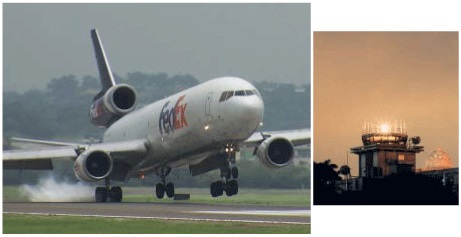
The Air Traffic Services Division (ATSD) is in charge of the maintenance of ATS safety as well as improving the quality and efficiency of Air Traffic Services. The ATSD also deals with the development and implementation of Air Traffic Control (ATC) regulations, policies and procedures which includes instrument flight (IFR) procedures, Aeronautical Information Services, Aeronautical Telecommunications, Aeronautical Meteorological services, Air Traffic Services (ATS) Audit and Air Navigation Facilities. The ATSD monitors ANWS’s performance and provides appropriate advice.
Duties and Responsibilities
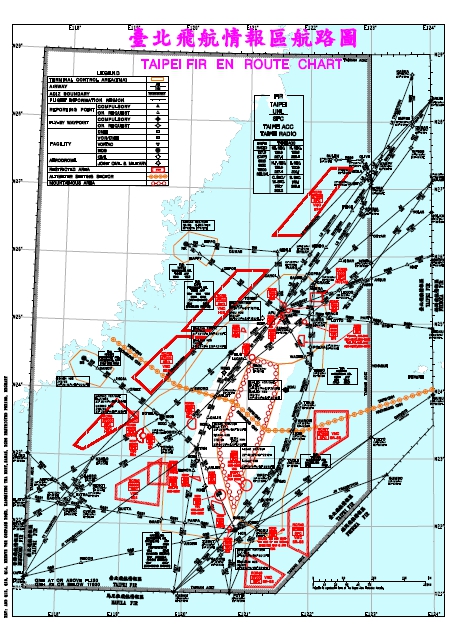
- Air Traffic Control Services
- ATC System
- Aeronautical Information Services
- Aeronautical Telecommunications
- Aeronautical Meteorological Services
- ATS audit
- Air Navigation Facilities
Vision
- To become an international aviation hub in the Asia Pacific region, and to focus on the environmental protection and air transport development as well as to increase the convenience of public transportation and the development of local economy.
- To improve and upgrade the quality of air traffic services in order to reach the worldwide accepted standards.
Mission
- To promote the function of the current ATC automation system and to implement plans for future systems.
- To reinforce the audit, review, supervision and advice of Air Traffic Services.
- To review, coordinate and manage the use of airspace.
- To reinforce the cooperation between the military and civil aviation authorities.
- To monitor the training of ATC, Aeronautical Meteorological services, Aeronautical Telecommunications and Aeronautical Information Services personnel in order to promote the quality of service.
Business Description
ATS Audit Section
- Oversighting and reviewing of air traffic service regulations and operational directives to ensure compliance with ICAO annexes and documents.
- Setting and adjusting the ATS safety target level within the Taipei FIR.
- Conducting safety audits for air traffic services.
- Providing training courses associated with ATS safety management & audit functions.
ATC Operations Section
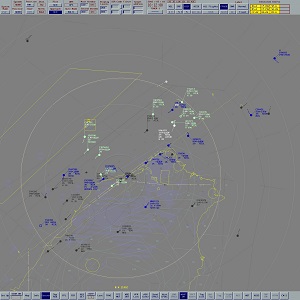
- The development of Air Traffic Control (ATC) regulations and policies.
- The planning and coordination of airspace within the Taipei Flight Information Region.
- The supervision of ATC practices.
- The handling of ATS reports and incidents investigation.
- Setting criteria for air traffic control personnel’s training and certification.
- Air Navigation Control Committee: to enhance the efficient use of airspace for both military and civilian aircraft.
ATC System Section
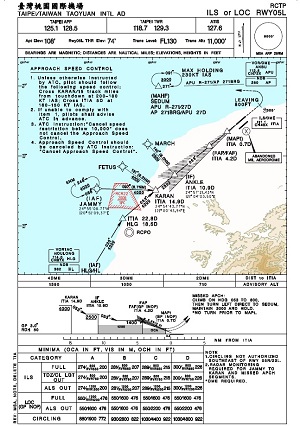
- The planning of Air Traffic Management System and deployment of related navaids.
- The establishment of operational standards for Air Traffic Management System.
- The establishment of airways and production of en-route and terminal charts.
- The design of Terminal Instrument Flight Procedures.
- Obstacle evaluation for associated instrument flight procedures beyond the obstacle limitation surfaces of airports.
Air Navigation Facilities Section
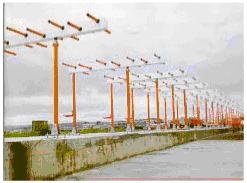
- Development of standards and regulations of aid navigation equipment.
- Planning the implementation strategies of air navigation equipment.
- Setting training principles for air traffic safety electronic personnel.
- Supervision of the maintenance of air navigation equipment and related activities.
Aeronautical Meteorological services
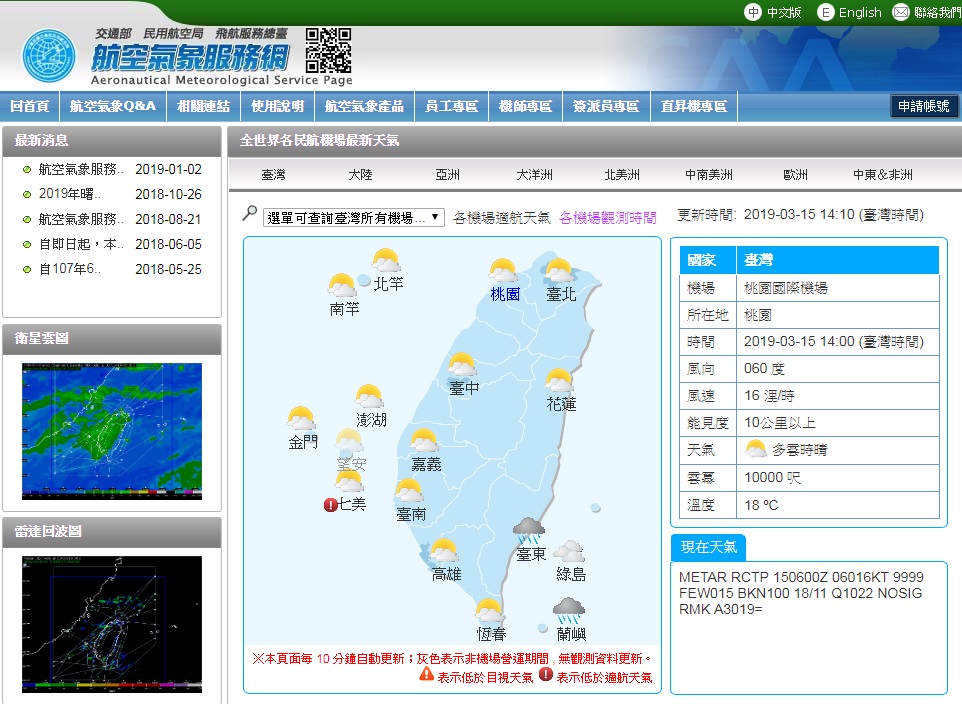
- The development of Aeronautical Meteorological regulations.
- Setting training criteria for Aeronautical Meteorological personnel.
- The supervision of Aeronautical Meteorological service.
Aeronautical Information Services
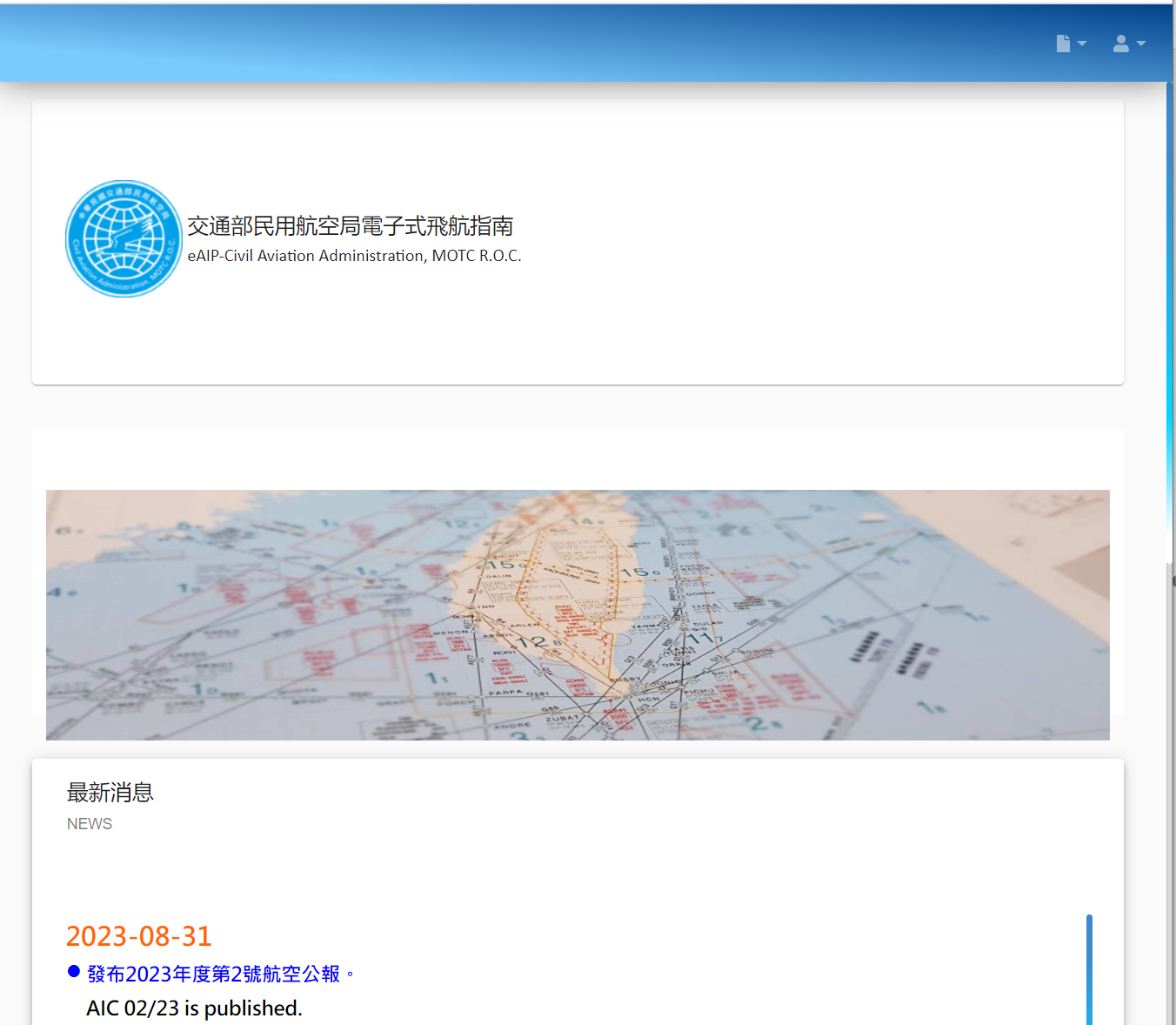
- The development of regulations and Flight Information Service policies.
- Publication of the Aeronautical Information Publication, its amendments and supplements.
- The issuance of NOTAM and Aeronautical Information Circular.
- Setting training criteria for Flight Information Service personnel.
- Supervision of Flight Information Service.
Aeronautical Telecommunications
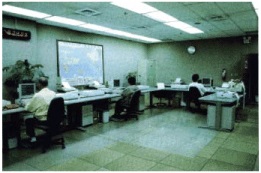
- The development of regulations and policies of aeronautical telecommunication service.
- The application of aeronautical radio frequency assignment and coordination.
- The planning of aeronautical fixed service.
- Setting training principles for aeronautical telecommunication personnel.
- The supervision of aeronautical telecommunication service.
- Inspection of civil aircraft radio station for establishing the station or renewal of the license.
Last updated: 2023/09/13 15:46